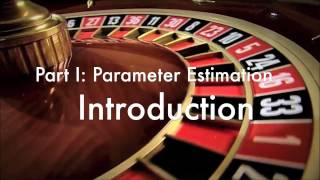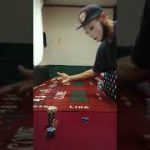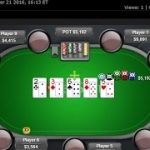Learn Roulette Video Source & Info:
In this video I introduce the framework for making measurements of the Casino Roulette table’s ball, and wheel. With these measurements we can estimate the deceleration of the ball and figure out, ultimately, where it will land.
At the end of this tutorial series we should have constructed a python package to accurately predict the outcome of a roulette spin within 4 pockets.
***********
Link to the research paper:
Roulette Physics – J.I. Eichberger
http://www.dewtronics.com/tutorials/roulette/documents/Roulette_Physik.pdf
Source: YouTube








I am really amazed by this video.. I never thought I'd see a tutorial of this !.. I am currently doing the same in java, from the same paper. (I have already finished it indeed). only thing is that my algorithm only works for predicting from the 8-9 last revolutions/turns/laps. That means, that, for instance, if the ball gives 31 turns, and I use as the initial time the time timed/clocked on the 1st revolution, (To predict the fall time and space) it gives me a quite unacceptable prediction. a crap of prediction. Why do you think it is due to? By the way I am quite interested in this topic. Can we contact each other by e-mail, whatssap or wherever?
Thanks for this and the other useful tutorials. I find awsome that there are still people who upload practical science stuff. I really wish you see this message and we can talk more quietly.
best regards
I forgot to post the image that ilustrates what I said in the last comment: http://es.tinypic.com/r/1zz3zww/9.
the X axis is the number of the turn (thus the space) Y is the time in seconds. the dots represent the real data of a spin, the red line is the equation 39 (that for predicting the final time), but using as To the time of the 1st turn.
As seen, predictions are a mess. However, if To of for instance the turn number 15 is used, the predictions are extremly accurate
Great video, are you planing to do any updates on this? (it's been more than a year ago) @PythonParsetongue
❤